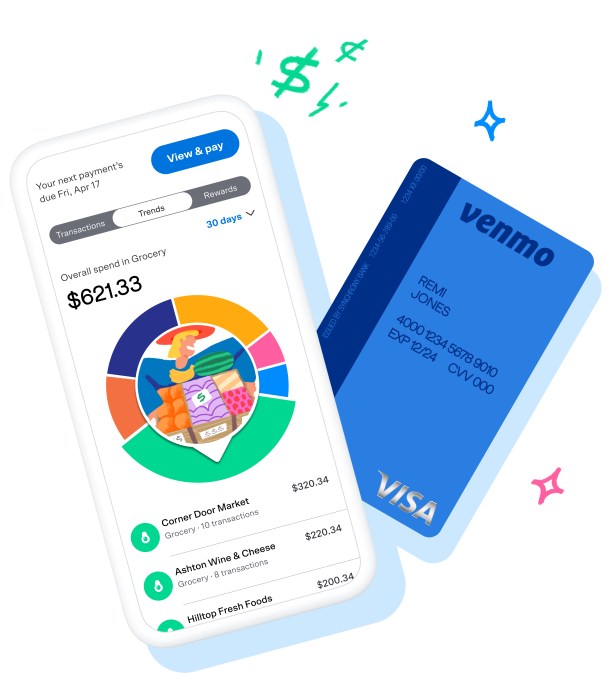Predicting the future of technology for people with visual impairments is easier than you might think. In 2003, I wrote an article entitled “In the Palm of Your Hand” for the Journal of Visual Impairment & Blindness from the American Foundation for the Blind. The arrival of the iPhone was still four years away, but I was able to confidently predict the center of assistive technology shifting from the desktop PC to the smart phone.
“A cell phone costing less than $100,” I wrote, “will be able to see for the person who can’t see, read for the person who can’t read, speak for the person who can’t speak, remember for the person who can’t remember, and guide the person who is lost.” Looking at the tech trends at the time, that transition was as inevitable as it might have seemed far-fetched.
We are at a similar point now, which is why I am excited to play a part of Sight Tech Global, a virtual event Dec. 2-3 that is convening the top technologists to discuss how AI and related technologies will usher in a new era of remarkable advances for accessibility and assistive tech, in particular for people who are blind or visually impaired.
To get to the future, let me turn to the past. I was walking around the German city of Speyer in the 1990s with pioneering blind assistive tech entrepreneur Joachim Frank. Joachim took me on a flight of fancy about what he really wanted from assistive technology, as opposed to what was then possible. He quickly highlighted three stories of how advanced tech could help him as he was walking down the street with me.
- As I walk down the street, and walk by a supermarket, I do not want it to read all of the signs in the window. However, if one of the signs notes that kasseler kipchen (smoked porkchops, his favorite) are on sale, and the price is particularly good, I would like that whispered in my ear.
- And then, as a young woman approaches me walking in the opposite direction, I’d like to know if she’s wearing a wedding ring.
- Finally, I would like to know that someone has been following me for the last two blocks, that he is a known mugger, and that if I quicken my walking speed, go fifty meters ahead, turn right, and go another seventy meters, I will arrive at a police substation!
Joachim blew my mind. In one short walk, he outlined a far bolder vision of what tech could do for him, without bogging down in the details. He wanted help with saving money, meeting new friends and keeping himself safe. He wanted abilities which not only equaled what people with normal vision had, but exceeded them. Above all, he wanted tools which knew him and his desires and needs.
We are nearing the point where we can build Joachim’s dreams. It won’t matter if the assistant whispers in your ear, or uses a direct neural implant to communicate. We will probably see both. But, the nexus of tech will move inside your head, and become a powerful instrument for equality of access. A new tech stack with perception as a service. Counter-measures to outsmart algorithmic discrimination. Tech personalization. Affordability.
That experience will be built on an ever more application rich and readily available technology stack in the cloud. As all that gets cheaper and cheaper to access, product designers can create and experiment faster than ever. At first, it will be expensive, but not for long as adoption – probably by far more than simply disabled people – drives down price. I started my career in tech for the blind by introducing a reading machine that was a big deal because it halved the price of that technology to $5,000. Today even better OCR is a free app on any smartphone.
We could dive into more details of how we build Joachim’s dreams and meet the needs of millions of others of individuals with vision disabilities. But it will be far more interesting to explore with the world’s top experts at Sight Tech Global on Dec. 2-3 how those tech tools will become enabled In Your Head!
Registration is free and open to all.
from iPhone – TechCrunch https://ift.tt/3ljHj8n

